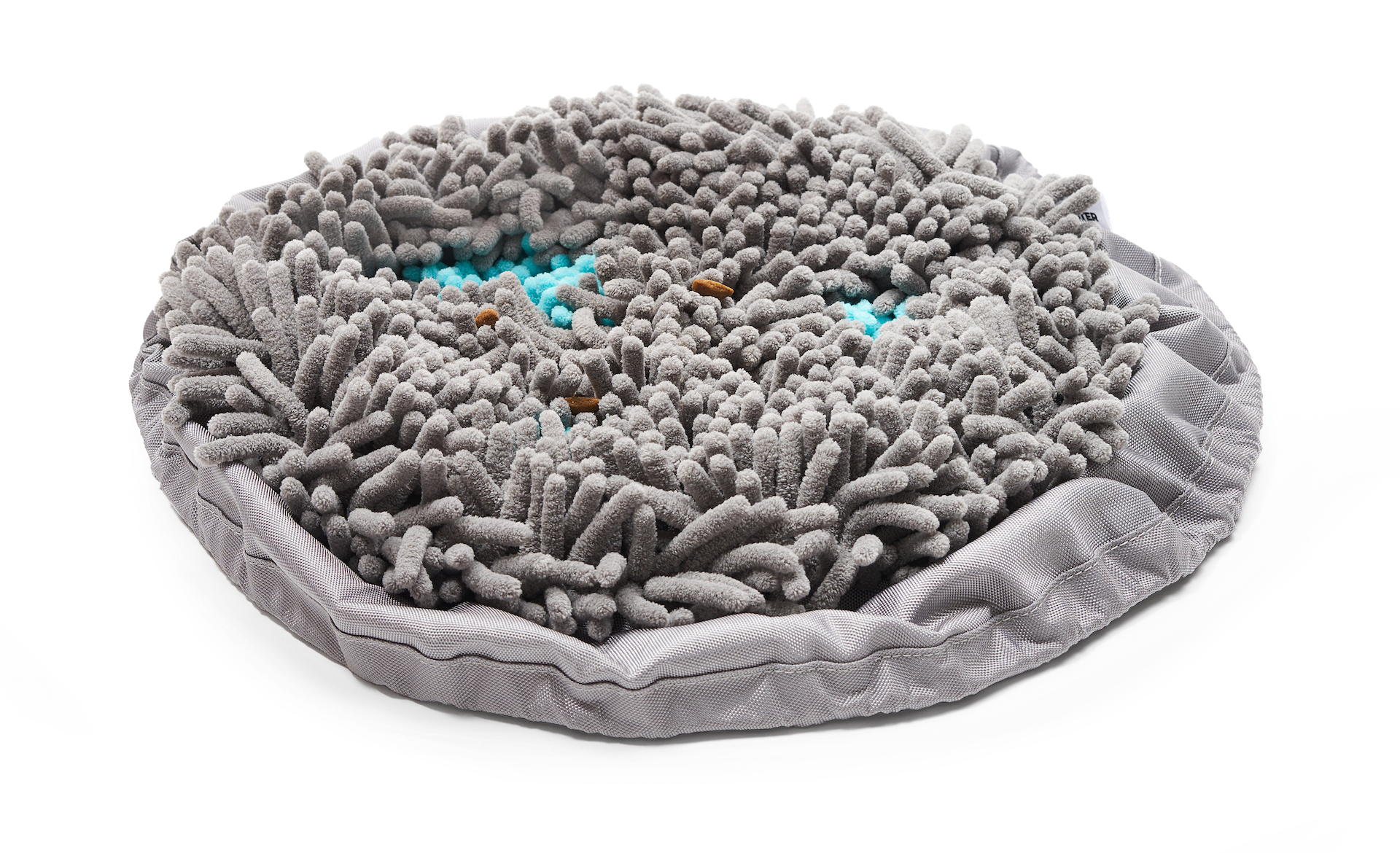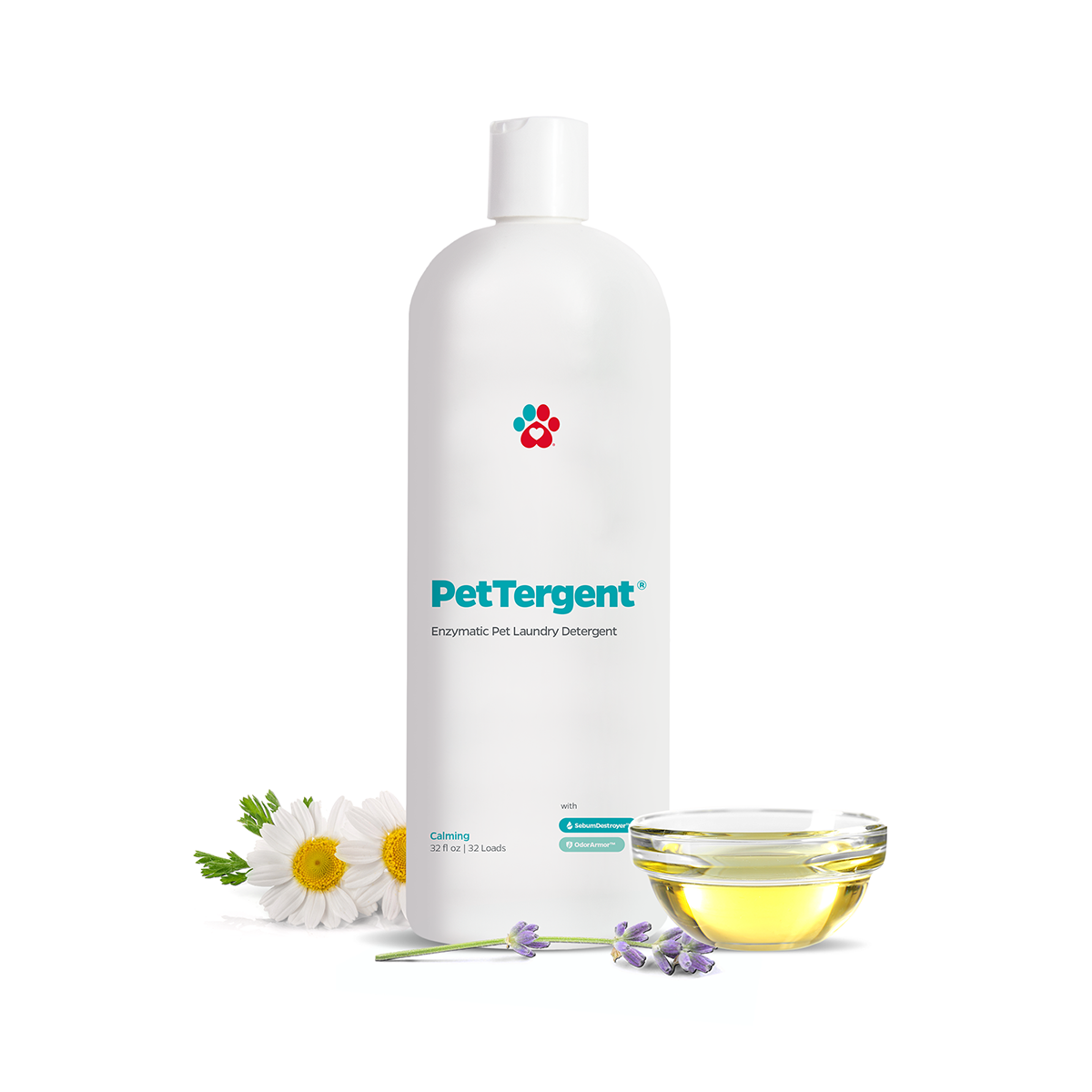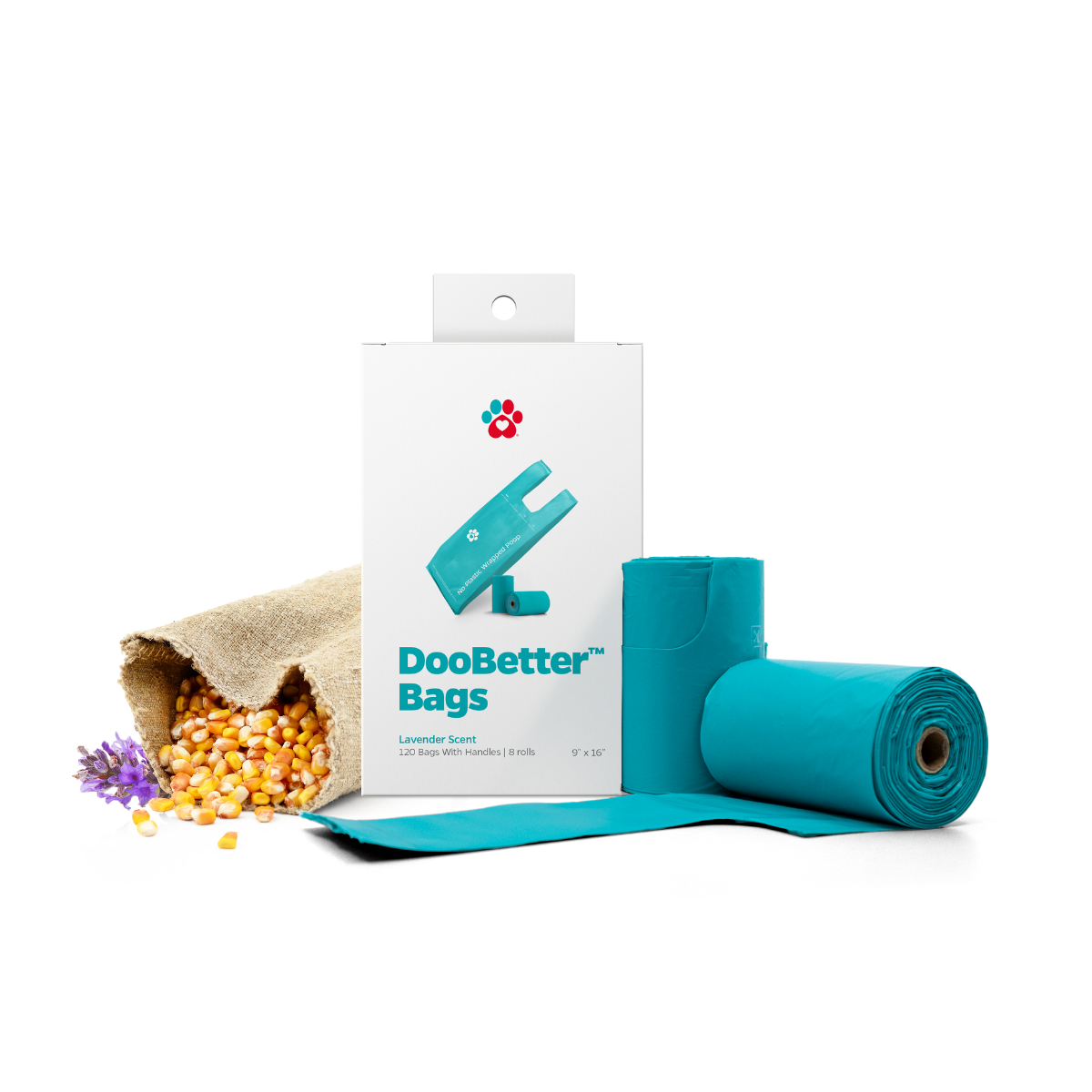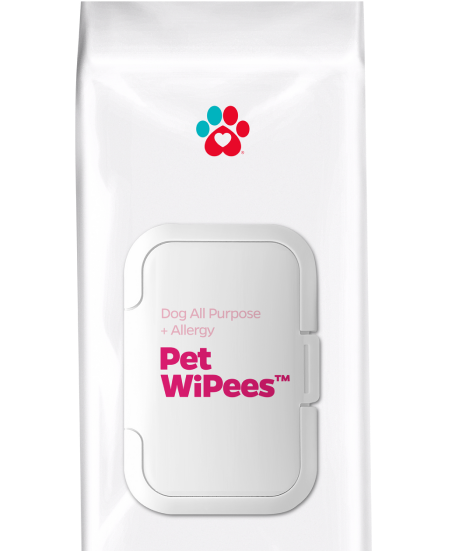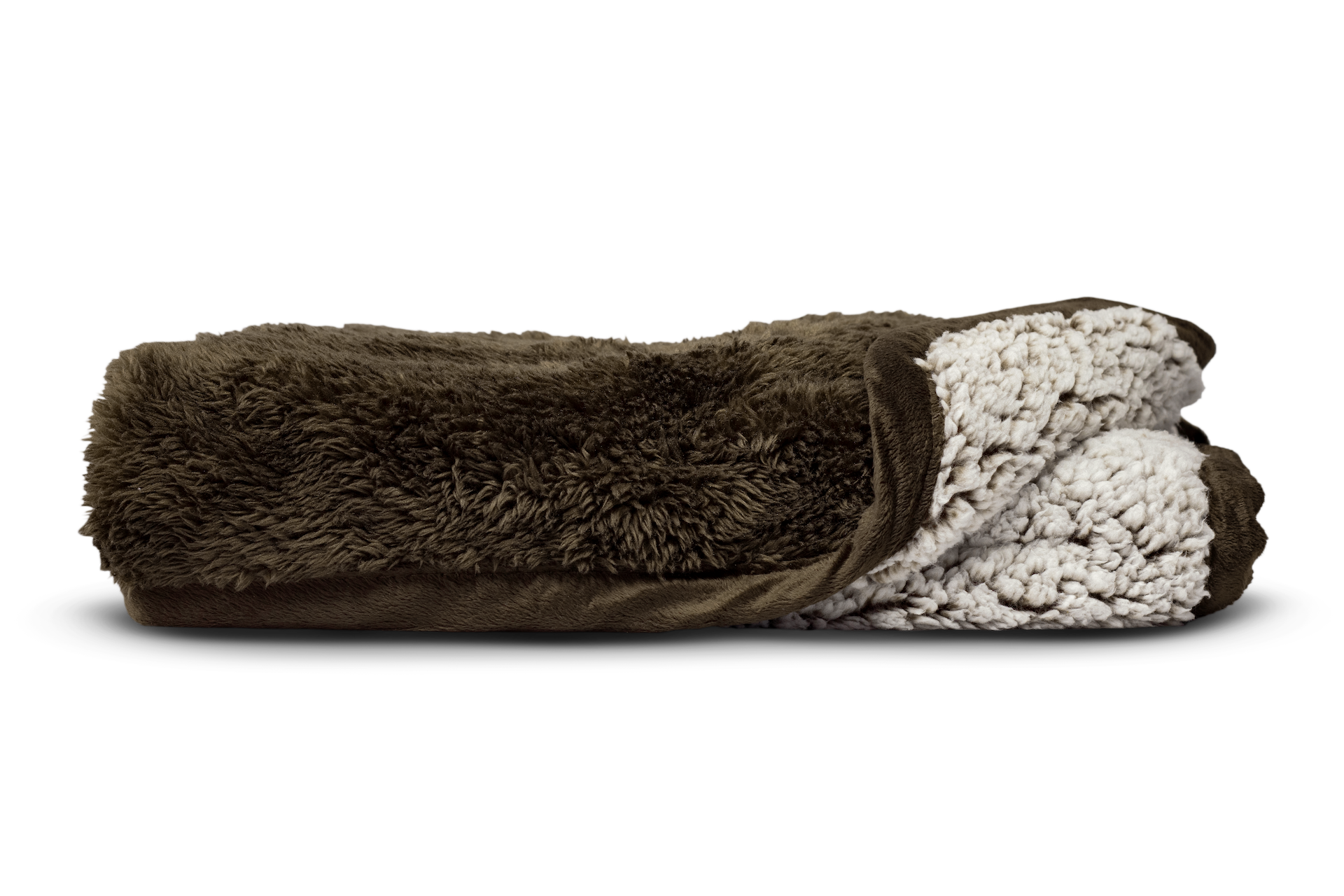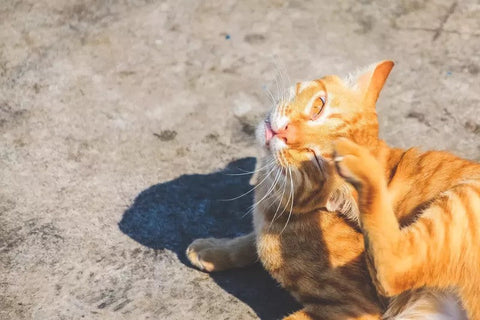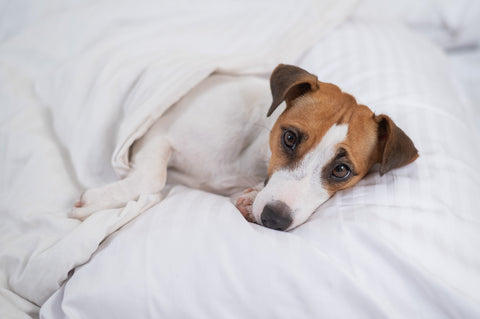Can dogs have pica? What is pica in dogs? Pica is a condition where your furbaby ingests things that are not food and provide no nutritional benefit to them. These items can be anything, from cloth, plastic, rocks, metal, garbage, and even their own poop (except eating poop is a whole different condition, read about it here)! Pica can be dangerous for dogs as they might end up swallowing any variety of objects that could be sharp, poisonous, or cause blockages.
In this article, we'll share what causes this psychological compulsive behavior in your furbaby and how you can manage pica in dogs.
What Causes Pica in Dogs?
For pet parents, a dog eating rocks, metal, or any non-food items can cause panic. But the causes of it can be pretty difficult to determine. It can be a behavioral problem caused by psychological reasons including:
"Management and treatment for pica in dogs depend on whether your furbaby's case is a psychological one or is caused by a medical condition."
- Boredom or lack of physical and mental stimulation
- Craving attention
- Frustration
- Lack of socialization
- Anxiety
- Depression
- Hunger
Pica in dogs can also be caused by other factors like:
- Poor nutrition
- Poor diet
- Gastrointestinal diseases
- Parasitic infection
- Pancreatic and liver diseases
- Neurological diseases
- Diseases resulting in loss of appetite
- Anemia
In order to determine if an underlying medical issue is the cause of your dog’s pica, PetMD explains that your vet may recommend doing blood, urine, stool, and other tests for proper diagnosis.
Signs and Symptoms of Pica in Dogs
Does my dog have pica? What are the signs of pica in dogs you should look for if you think your dog has pica and not just accidentally ingesting things?
Obviously, the main symptom to look for is your dog eating non-food items regularly. The other signs of pica in dogs then will greatly depend on what things or substance your furbaby has ingested. Ingesting non-food items can pose a great danger to your furbaby and they might suffer from:
- Vomiting
- Choking
- Inability to poop, straining
- Drooling
- Bloated or swollen abdomen
- Abdominal pain
- Gastrointestinal blockage
- Presence of blood in poop
- Bad breath
- Infection (if the non-food item a dog has ingested is dirty or contaminated)
- Poisoning (if your dog has swallowed a harmful substance like a household cleaning product, medicine bottles, etc.)
- Constant coughing
- Lethargy
- Collapse
When trying to identify the real reason behind your dog's pica, it's best to evaluate your furbaby about their lifestyle and environment circumstances.
Does your dog get enough exercise? Do they have easy access to their chews and toys or do they need to beg for it first? Do they get enough physical and mental stimulation? Do they have a healthy and proper diet on a consistent mealtime schedule? Are they stressed out?

How to Stop Pica in Dogs: Management and Treatment
Management and treatment for pica in dogs depend on whether your furbaby's case is a psychological one or is caused by a medical condition.
When dealing with psychological causes for pica, here are some things that can be helpful if your dog has pica:
More activities. You can manage it by giving your furbaby more activities to do that will help stimulate both their mind and their body. This will help reduce boredom, lessen their stress, and will help them remain calm and relaxed. Your dog might need a brain game to help them get the mental stimulation they need to fulfill their curiosity and get important enrichment.
Social activities. Going on walks and meeting people, other dogs, and animals will help your dog get going, keep them company, and remind them they are not alone. Explore parks, trails, or even your neighborhood with your dog to spend important bonding time with them. This can help prevent depression, too.
Provide chews. If you don't want your dog eating rocks, socks, or garbage, the first thing to do is keep those non-food items out of their reach. To help prevent your dog from swallowing non-food items, provide them with high-quality dog chews so that they can still use their natural chewing instincts. Having appropriate options available can help to deter them from ingesting inappropriate objects.
Seek help from a canine behaviorist. Professional dog behaviorists can help you deal with your dog's strange habit, especially when the cause is psychological. They will also be able to assist you in training to teach your dog to “leave it.”
Do not punish. Punishing your dog will only heighten their anxiety and their urge to desperately beg for your attention. So it's a major no-no!
If there is a medical cause for your dog’s pica, here are some things you can do to help:
Pay your vet a visit. Your veterinarian will perform exams and tests on your dog to see what exactly is wrong with them. Your vet will also know what medicines are best to prescribe for your dog’s specific case.
Seek dietary changes. If the cause of your dog's condition is due to an unbalanced diet, consider changing their diet into something that will suit their nutritional needs better. For pups, protein and calcium are important for their active and growing bodies. For adult dogs, fiber, iron, etc. play a great role and so on.
Supplement. Vitamin or nutrient deficiency can also be a cause for pica in dogs. If this is the case, you can have your dog tested to find out what particular vitamin or nutrient they are lacking. Then you can supplement from there.
Other management reminders for how to stop pica in dogs:
- Whether your dog's condition is a psychological or a medical one, always remember to keep all non-food items that can easily be swallowed by your dog always out of their reach. Keep objects safely locked in drawers, cabinets, and boxes.
- Make certain to supervise your dog both indoors and outdoors to ensure that they are not eating non-food objects when you are not looking. Dogs can be tricky sometimes!
- Keep your furbaby confined in a crate whenever they are left alone in the house. This will keep them from eating anything that could cause them to choke while you are not around or ingest something that will cause later problems that you do know about.
- Train them to "Leave it!" or "Come over here!" whenever you notice they are attempting to ingest something. Some dogs will go for the same objects every time. This is a way of diverting their attention and telling them you don't like what they are about to do. If they leave the object and come to you, praise them and give them a reward. If they listen but then easily goes back to the object or do not listen at all, repeat the command words and lure them away with the reward until they learn what you want them to do. Patience is key. No training happens overnight.
How can pet parents® help?
Pet Parents® Gnawtlers® can help keep your furbaby physically and mentally stimulated through gnawing. Gnawtlers® are premium antler chews from elks and deers that are specifically selected for their weight, color, size, and quality.
The marrow on the inside of Pet Parents® Gnawtlers® are so full of nutrients like phosphorus, zinc, magnesium, and calcium. These nutrients will strengthen your furbaby, discarding the calories, artificial dyes, fragrance, preservatives, and hazards that come with other chew options. This can assist with pica in dogs as the marrow keeps them entertained all while providing them with extra nutrients compared to other chews.
You can also provide your dog with quality supplements for their diet like Pet Parents® Multivitamin SoftSupps® for vitamin or nutrient deficiencies. Our Pet Parents® Probiotic SoftSupps® support proper digestion in your dog as well as proper distribution of vitamins and minerals throughout the body. These probiotic supplements contain Fructooligosaccharides, a natural substance that promotes the growth of beneficial bacteria, supports digestive & immune health, and helps with healthy detoxification & excretory processes as the ingested items of your fur -baby is soon excreted into their system.
"Pet Parents® Gnawtlers® can help keep your furbaby physically and mentally stimulated through gnawing."
Pica in dogs can be very confusing, especially when you don't know what causes it. While a dog eating rocks might seem to make no sense at all, it can be due to pica in dogs. Now that you have an answer to the question, what is pica in dogs, you can know exactly what might be going on with your furbaby. Address the causes of pica and be sure to offer your dog supplies that will help them to move pas it. But the way to a healthier and happier life for your dog relies on your help as a pet parent. We know that you and your dog can get through anything!

